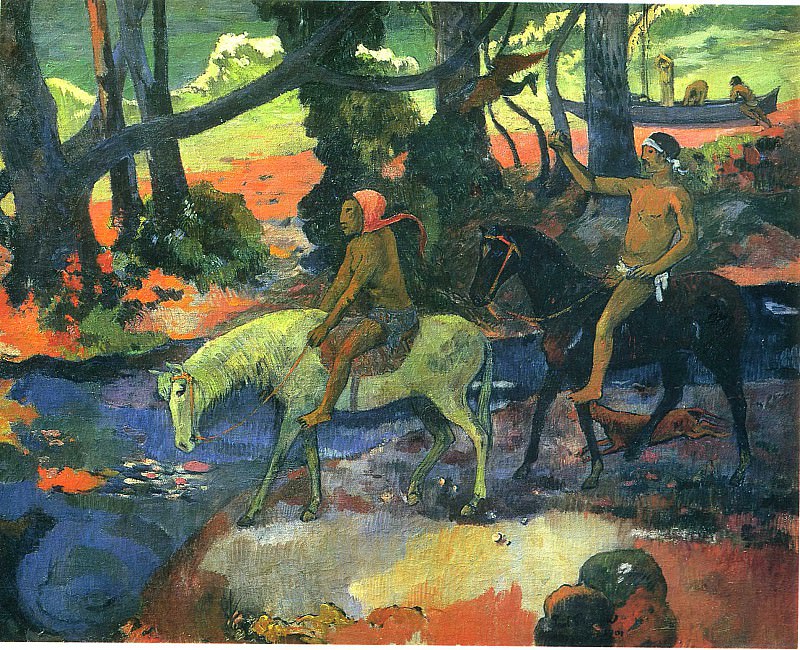Edward Hopper: A Master of American Realism
Edward Hopper, one of the most renowned American artists of the 20th century, is celebrated for his unique contribution to the world of art through his captivating realism. Born on July 22, 1882, in Nyack, New York, Hopper's artistic journey began early, and he would go on to become a defining figure in American art. His works are characterized by their stark, evocative imagery, often depicting the isolation and loneliness of modern life. This essay delves into Hopper's life, his artistic evolution, and the profound impact of his work on American art.
Early Life and Education
Edward Hopper grew up in a middle-class family, showing an early interest in drawing and painting. His parents encouraged his artistic talents, and he soon began formal training. Hopper's early education included studying illustration, but he quickly gravitated towards fine arts, attending the New York School of Art. There, he studied under prominent artists such as Robert Henri, a leader of the Ashcan School, who influenced Hopper's realistic and sometimes gritty depictions of urban life.
The Paris Years
In 1906, Hopper traveled to Paris, where he was exposed to the burgeoning modernist movement. Although he admired the works of Impressionists and Post-Impressionists, his style remained rooted in realism. The influence of French art, however, can be seen in his use of light and shadow, which became a hallmark of his work. Paris broadened Hopper's artistic horizons and reinforced his desire to capture the essence of everyday scenes.
Return to America and Artistic Struggles
Upon returning to the United States, Hopper faced a challenging period. He worked as an illustrator to support himself, a job he found creatively stifling. Despite these struggles, Hopper continued to paint, slowly developing his distinct style. His early works during this period include urban scenes and landscapes, which would later become central themes in his oeuvre.
Breakthrough and Recognition
Hopper's breakthrough came in the 1920s when he started gaining recognition for his work. His painting "House by the Railroad" (1925) marked a significant turning point, showcasing his mature style characterized by strong geometric forms, a muted color palette, and an evocative sense of isolation. This painting, now housed in the Museum of Modern Art in New York, exemplifies Hopper's ability to convey mood and narrative through architecture and landscape.
Themes and Techniques
Edward Hopper's art is often associated with themes of solitude, introspection, and the quiet moments of everyday life. His paintings frequently feature solitary figures in urban settings, rural landscapes, and interior spaces. Hopper's use of light and shadow is particularly noteworthy; he masterfully employs these elements to create a sense of time, mood, and atmosphere. His compositions often include windows and doors, symbolizing barriers and the separation between individuals and the outside world.
Iconic Works
Several of Hopper's paintings have become iconic, resonating with audiences for their emotional depth and narrative power. "Nighthawks" (1942) is perhaps his most famous work, depicting a late-night diner scene with three customers and a counterman. The painting's stark lighting and composition create a sense of isolation despite the presence of multiple figures. "Automat" (1927) is another notable work, featuring a solitary woman seated in a café, reflecting Hopper's recurring theme of urban loneliness.
Influence and Legacy
Edward Hopper's influence extends beyond the realm of painting. His work has inspired filmmakers, photographers, and writers, all drawn to his ability to capture the human condition. Filmmakers such as Alfred Hitchcock and Wim Wenders have cited Hopper's work as an influence on their visual style and storytelling. Hopper's art continues to resonate with contemporary audiences, reflecting timeless themes of isolation and introspection in an increasingly connected world.
Hopper's Personal Life
Despite his public success, Hopper led a relatively private and reclusive life. He married fellow artist Josephine Nivison in 1924, who became his lifelong companion and often modeled for his paintings. Their relationship was complex, marked by mutual support and occasional tension. Jo Hopper's influence on her husband's work was significant, as she managed his career and documented his creative process.
Later Years and Continued Success
Hopper continued to create compelling art well into his later years. His works from the 1950s and 1960s, such as "Morning Sun" (1952) and "Second Story Sunlight" (1960), maintain the same evocative power and thematic consistency as his earlier pieces. These paintings reflect a continued exploration of light, space, and the human condition, solidifying his place as a master of American realism.
Hopper's Death and Posthumous Recognition
Edward Hopper passed away on May 15, 1967, leaving behind a profound legacy. His work has been the subject of numerous retrospectives and exhibitions, and his paintings are held in major museums and private collections worldwide. Hopper's art remains a touchstone for discussions on American culture, urbanization, and the human experience.
Conclusion
Edward Hopper's art stands as a testament to the power of realism in capturing the nuanced and often melancholic aspects of modern life. Through his masterful use of light, shadow, and composition, Hopper created timeless works that continue to speak to audiences today. His exploration of solitude, isolation, and the quiet moments of everyday life has left an indelible mark on American art, ensuring his place as one of the most significant artists of the 20th century. As we reflect on his contributions, we are reminded of the enduring power of art to illuminate the human condition and the world around us.














